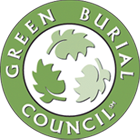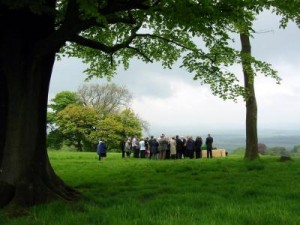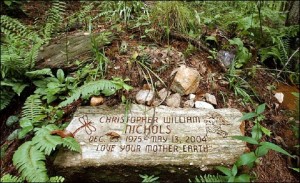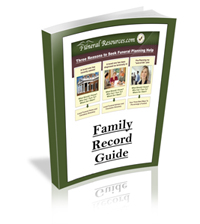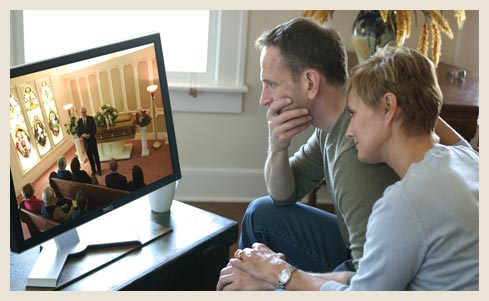Plan a Green Funeral
Consider An Eco-Friendly Funeral Option
Green funerals are a new trend emerging in the death care industry. Green funerals, or environmentally-friendly green burials, do without the use of artificial preservation methods and materials that may be harmful to the environment. By using minimalist caskets and grave markers, and natural habitats, these types of burials cost a fraction of their traditional counterparts. Green burials promote harmony with nature and protect mother earth.
A Growing Trend – Green Funerals
In the past decade or so, green funerals have been growing in popularity. The United States currently only has a handful of cemeteries that are purely green; however, the trend really took hold in the United Kingdom. While the number of green cemeteries in the US isn’t as grand as in the UK, a number of cemeteries in the US have begun sectioning parts of their land for eco-friendly burial. A growing demand for green funerals and green burials has more and more funeral providers featuring green options. There have been no signs of the green funeral movement slowing down. In fact, in more recent years, the number of green cemetery plots across the US has nearly doubled year over year.
Green Funerals Help the Planet
Traditional funerals consume enormous amount of resources and pollute the earth. Opponents to the traditional funeral homes view them as being more wasteful than green funeral providers citing the use of toxic chemicals such as formaldehyde in embalming fluid as unnecessary and damaging to the environment. Traditional funerals consume enormous amounts of materials such as steel, concrete, copper, and bronze. The figures are in the tens of thousands of tons annually. These elements will stay buried in the ground indefinitely, polluting the earth.
Each year, cemeteries across the US bury approximately:
- 30 million board feet (70,000 m³) of hardwoods (caskets)
- 90,272 tons of steel (caskets)
- 14,000 tons of steel (vaults)
- 2,700 tons of copper and bronze (caskets)
- 1,636,000 tons of reinforced concrete (vaults)
- 827,060 US gallons (3,130 m³) of embalming fluid
*(Compiled from statistics by Casket and Funeral Association of America, Cremation Association of North America, Doric Inc., The Rainforest Action Network, and Mary Woodsen, Pre-Posthumous Society)
Green Burial Markers
Consider a greener burial marker for your green funeral. Instead of large, elaborate grave markers, green burials feature unobtrusive, natural markers. These often involve trees, flowers, and rocks found on or around the gravesite. While some families opt for a small flat stone identifying the buried individual, more common in a green cemetery are the use of GPS coordinates. Though this modern global positioning method, the family of the deceased can find the exact burial plot for their loved one by mapping out the individual global position given to them by the cemetery manager.
Facts about Green Burials
Commonly known as green burials, eco-friendly burials, natural burials, or woodland burials, there are distinct differences between a traditional burial and a green burial.
- The first major difference is that traditional funerals cost on average, $6500, while green burials are approximately $2300.
- Green burials do not employ the use of embalming fluids, pesticides, herbicides, or irrigation.
- Bamboo, wicker, cardboard or wooden caskets are used instead of metal coffins.
- Concrete burial vaults are not used for a green burial.
- The graves are usually hand-dug and are shallower than with those used in traditional burials.
- Graves are marked with more natural landmarks that blend in with the area such as plants, rocks, trees or funeral flowers. Elaborate and prominent monuments and headstones or grave markers are not used in a green burial.

